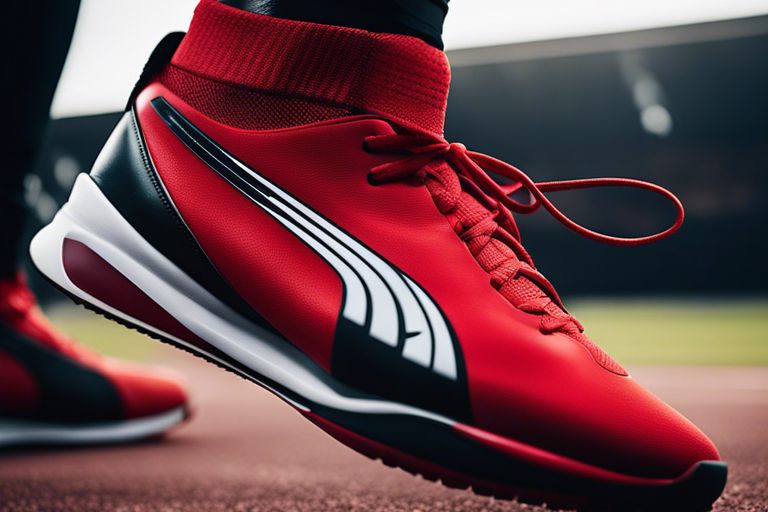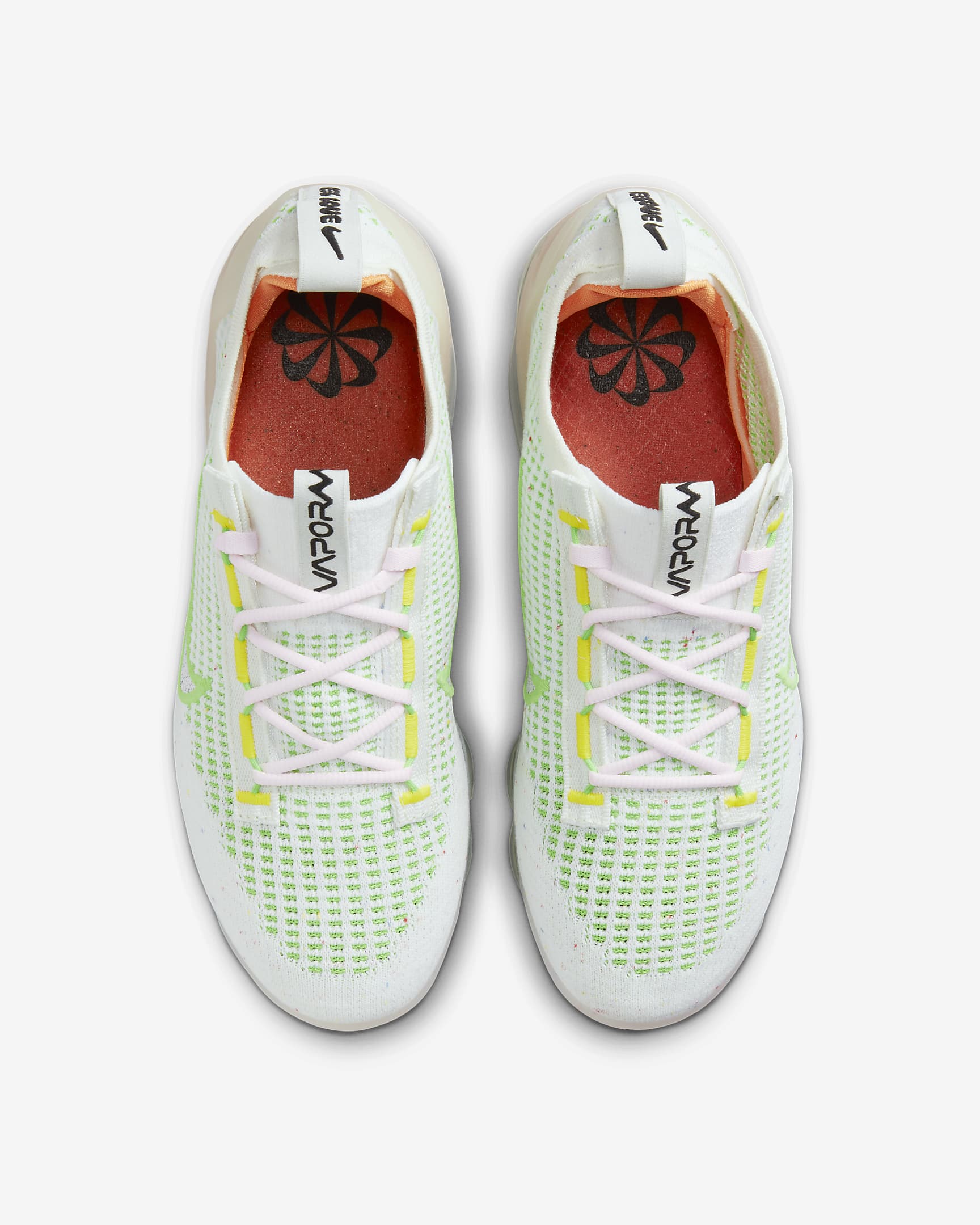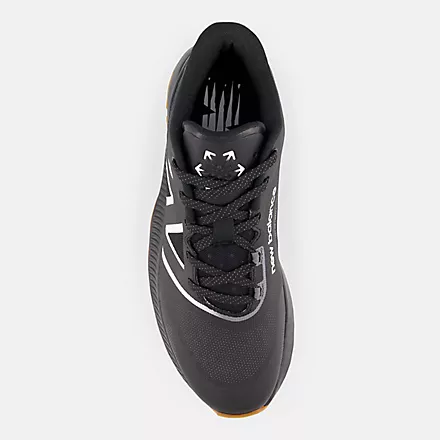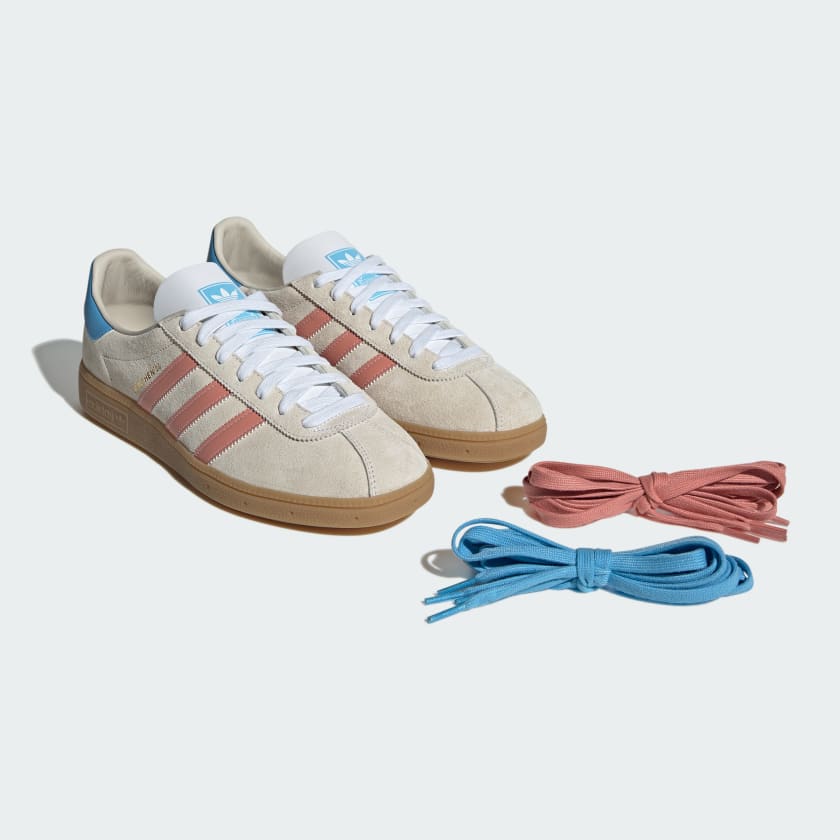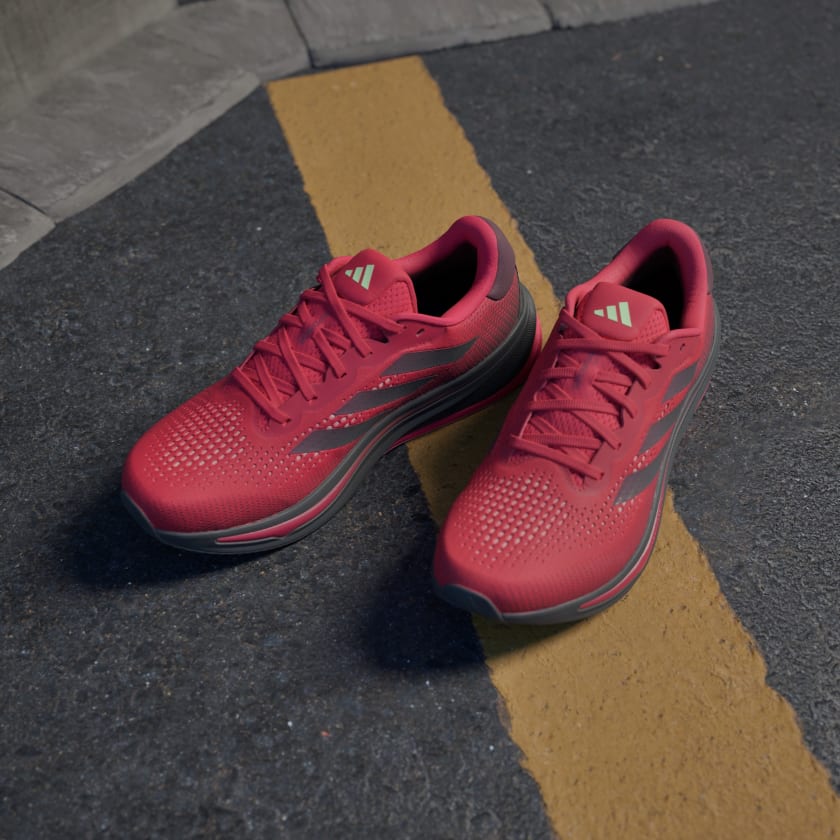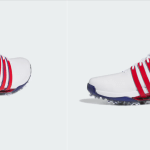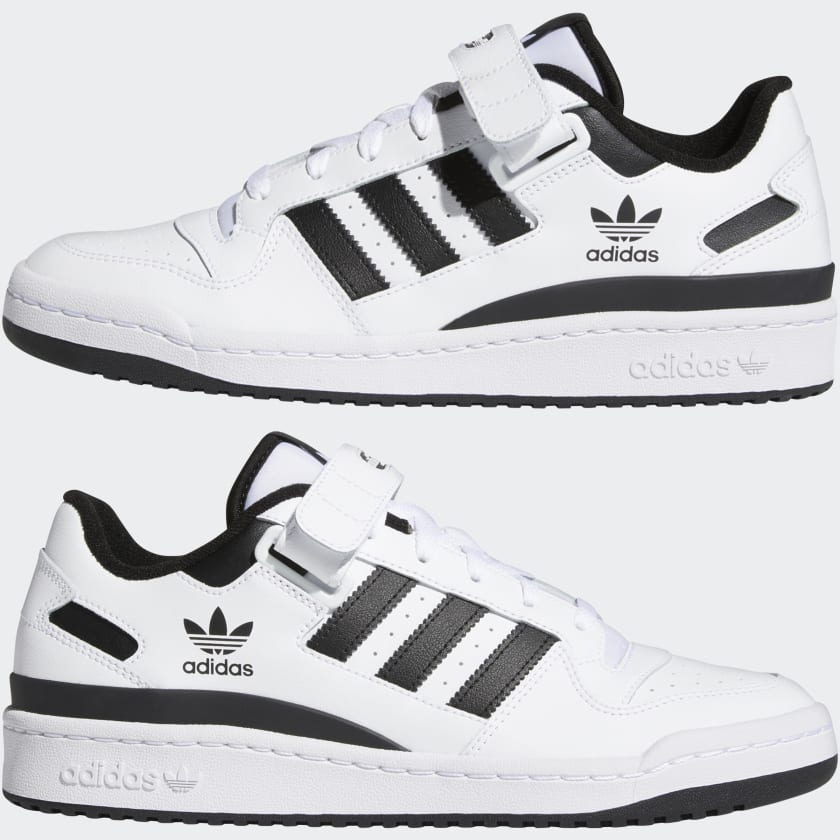Have you ever wondered which athletic brand is at the cutting edge of innovation and style? In a market saturated with options, Nike and Puma stand out as two of the most iconic and influential names in athletic wear. Both brands have their own unique strengths and loyal followings, but when it comes to pushing the boundaries of athletic innovation and style, which brand comes out on top? In this blog post, we’ll explore the key areas of innovation, design, and performance to determine which brand truly leads the pack in the world of athletic wear.
Key Takeaways:
- Nike remains a frontrunner in athletic innovation with its groundbreaking technologies such as Nike Air and Flyknit, setting the brand apart in the market.
- Puma is seen as the leader in style and fashion with its collaborations with high-profile celebrities and designers, making it a preferred choice for the fashion-forward consumer.
- Both brands have their own strengths, with Nike excelling in performance-oriented designs and Puma focusing on trendsetting aesthetics.
- When it comes to overall market leadership, Nike maintains a stronger global presence and brand recognition, while Puma continues to carve its niche in the fashion industry.
- Consumers largely make their purchasing decisions based on their personal preferences for functionality or fashion, leading to a competitive yet diverse market for athletic footwear and apparel.
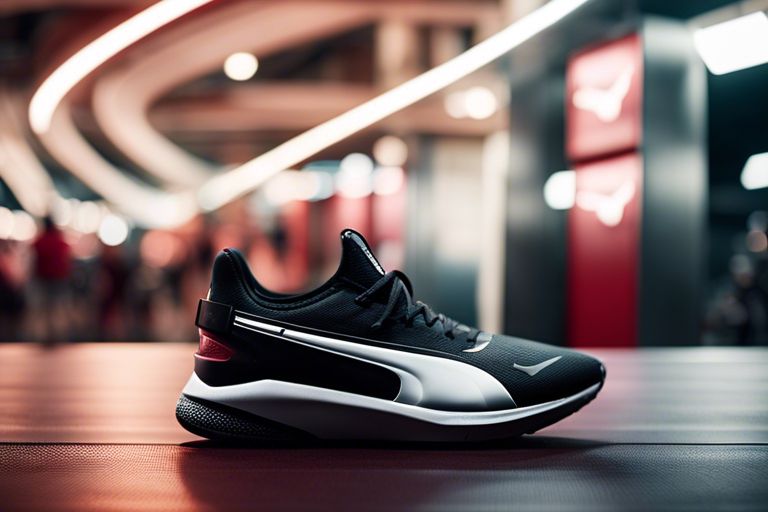
History and Heritage
While both Nike and Puma are known for their cutting-edge athletic gear, they each have a unique history and heritage that has contributed to their success in the industry.
Nike’s Rise to Prominence
One of the most impactful moments in Nike’s history was the signing of basketball superstar Michael Jordan in 1984. This partnership not only elevated the brand’s visibility but also led to the creation of the iconic Air Jordan line of sneakers. With a focus on innovation and performance, Nike has continued to push boundaries in athletic footwear and apparel, solidifying its position as a leader in the industry.
Puma’s Legacy in Sports
With a history dating back to the 1920s, Puma has long been associated with top athletes and teams across various sports. The brand’s iconic logo, the leaping Puma, is a symbol of speed, agility, and determination – qualities that resonate with athletes around the world. Puma’s legacy in sports extends beyond just footwear and apparel, as the brand has also been a pioneer in introducing new technologies and materials to enhance athletic performance.
In comparing the histories of Nike and Puma, it’s clear that both brands have made significant contributions to the athletic industry. While Nike’s partnership with Michael Jordan and relentless focus on innovation has propelled it to the top, Puma’s longstanding legacy in sports and commitment to quality have also earned it a dedicated following. As you consider which brand leads in athletic innovation and style, it’s important to recognize the rich history and heritage that have shaped both Nike and Puma into the powerhouse brands they are today.
Battle of Innovations
Obviously, when it comes to athletic innovation, both Nike and Puma are at the top of their game. Each company has a long history of pushing the boundaries of technology and style, constantly striving to outdo the competition and deliver the best products to their customers.
Nike’s Technological Triumphs
When you think of cutting-edge athletic innovation, Nike immediately comes to mind. From their iconic Air Max cushioning system to their Flyknit and Flywire technologies, Nike has consistently set the bar for performance and comfort. Your every step is supported and cushioned in a way that feels effortless, thanks to the advancements made by Nike’s relentless pursuit of perfection. Not to mention, their Nike+ technology allows you to track and analyze your every move, pushing you to reach new personal bests.
Puma’s Innovative Moves
On the other hand, Puma has made significant strides in pioneering their own unique technologies, such as the Ignite foam and NITRO cushioning systems, designed to provide you with the perfect balance of cushioning and responsiveness. Their collaborations with top athletes and cutting-edge research facilities ensure that every Puma innovation is ahead of the curve, helping you to run faster, jump higher, and push your limits like never before.
Sure, here is the text for the chapter ‘Style on and off the Field’:
Style on and off the Field
Despite the fierce competition in the athletic wear industry, both Nike and Puma have managed to carve their own niche when it comes to style, both on and off the field. If you want to dive deeper into the fashion and style aspect of these brands, you can check out this Comparative SWOT Analysis of Adidas, Nike, and Puma to get a comprehensive overview of their fashion strategies.
The Swoosh’s Signature Look
When it comes to Nike, you know you’re getting a signature look that’s instantly recognizable. The iconic Swoosh logo, paired with innovative designs and cutting-edge technologies, ensures that you not only perform your best on the field but also look stylish off the field. Whether it’s the classic Air Force 1s or the latest Flyknit sneakers, Nike’s signature look exudes confidence and athleticism, making it a go-to choice for many sports enthusiasts.
Puma’s Fashion-forward Approach
On the other hand, Puma takes a more fashion-forward approach to athletic wear. With collaborations with high-profile celebrities and designers, Puma has managed to create a buzz in the fashion world. The brand’s ability to seamlessly blend performance and style makes it a favorite among those who want to make a statement with their athletic attire. Puma’s versatile range of products, from performance sneakers to lifestyle apparel, allows you to express your individual style both on and off the field.
I hope this helps! Let me know if you need anything else.
Cultural Impact and Sponsorship
Keep in mind the cultural impact and sponsorship partnerships of athletic brands when considering their influence on the market. Both Nike and Puma have made significant strides in this area, attracting attention from consumers around the world through their high-profile sponsorships and cultural impact.
Celebrity Endorsements: Nike’s Star Power
When it comes to celebrity endorsements, Nike has been a trailblazer in leveraging star power to promote their brand. With iconic athletes like Michael Jordan, LeBron James, and Serena Williams as part of their roster, Nike has cemented its position as a top choice for elite athletes and sports enthusiasts. The influence of these athletes goes beyond the athletic world and has a lasting impact on popular culture, making Nike a leader in celebrity endorsements.
Puma’s Strategy with Athletes and Influencers
Puma has taken a different approach, focusing on forming partnerships with up-and-coming athletes and influential personalities outside of traditional sports. By collaborating with artists, musicians, and social media influencers, Puma has created a diverse and inclusive brand image that resonates with younger consumers. This strategy has allowed Puma to connect with a broader audience and stay relevant in a rapidly evolving cultural landscape.
Sustainability Efforts
Not only are Nike and Puma leaders in athletic innovation and style, but they also both prioritize sustainability efforts in their production processes.
Nike’s Journey Toward Sustainability
When it comes to sustainability, Nike has been making strides in reducing its environmental footprint. Over the years, the company has focused on reducing waste, increasing the use of sustainable materials, and minimizing its carbon emissions. Nike has set a goal to achieve 100% renewable energy in its owned or operated facilities by 2025, and they are well on their way to achieving this target. They have also introduced the “Move to Zero” initiative, which focuses on creating a more sustainable future through innovation and the use of sustainable materials throughout their products. Nike has also pledged to reduce its carbon footprint and has been transparent about its progress in this area. With continued dedication to sustainability, Nike is making a positive impact on the environment.
Puma’s Environmental Commitments
When it comes to environmental commitments, Puma has also been proactive in implementing sustainability efforts. The company has made impressive strides in reducing its carbon emissions, with a commitment to becoming carbon neutral by 2050. Puma has also been at the forefront of using sustainable materials in its products, such as recycled polyester and organic cotton. In addition to this, Puma has set ambitious goals to achieve a more sustainable supply chain and has been focusing on reducing its water consumption and waste generation. Puma’s dedication to sustainability is evident in its comprehensive approach to environmental initiatives, making it a positive force in the athletic industry.
By prioritizing sustainability, both Nike and Puma are taking steps to minimize their environmental impact and create a more sustainable future. With their commitment to reducing carbon emissions, increasing the use of sustainable materials, and implementing environmentally friendly practices, they are setting strong examples for others in the industry to follow. Your support of these brands contributes to their sustainability efforts and helps make a positive impact on the environment.
Market Presence and Consumer Preference
For athletic brands, market presence and consumer preference are crucial indicators of success. Let’s take a closer look at Nike and Puma to see which brand is leading the pack in these areas.
Sales Standoff: Nike vs Puma
When it comes to sales, Nike and Puma have both carved out significant market share. Nike has been a dominant force in the athletic industry for decades, and their sales numbers reflect their widespread popularity. On the other hand, Puma has been making significant strides in recent years, with a focus on lifestyle and fashion-forward designs that have resonated with consumers. It’s a close sales standoff between the two brands, with each maintaining a strong presence in the market.
What the Fans Say: Social Proof and Popularity
Looking at consumer preference, both Nike and Puma have a strong fan base. Nike has built a dedicated following over the years, with many athletes and sports enthusiasts swearing by the brand’s performance and style. On the other hand, Puma has been gaining traction among a younger, trend-focused demographic, with collaborations and innovative designs that have captured the attention of the fashion-forward consumer. The social proof and popularity of both brands show that they have solidified their positions in the hearts and minds of consumers.
Conclusion
Conclusively, when it comes to athletic innovation and style, both Nike and Puma have made significant strides in pushing the boundaries of design and technology. Ultimately, the decision of which brand leads in this area comes down to your personal preferences and needs. While Nike may be known for its groundbreaking technology and sleek designs, Puma offers a unique and bold aesthetic that appeals to many. Whether you prioritize cutting-edge performance or fashion-forward style, both Nike and Puma have something to offer. So, take some time to explore their offerings and consider what aligns best with your own athletic and style preferences. After all, the most important thing is finding the right gear that supports and inspires you in your fitness journey.
FAQ
Q: What is the difference between Nike and Puma?
A: Both Nike and Puma are well-known sportswear brands, but Nike has a stronger focus on athletic performance, while Puma emphasizes on lifestyle and fashion. Nike is known for their innovative technology and performance-driven designs, while Puma is recognized for their style and trendy collections.
Q: Which brand leads in athletic innovation?
A: Nike is seen as the leader in athletic innovation, constantly pushing boundaries with new materials, designs, and technologies. From their iconic Air Max cushioning to their cutting-edge Flyknit fabric, Nike has a proven track record of introducing game-changing innovations for athletes.
Q: Who has the edge in style between Nike and Puma?
A: While both brands have their own unique style, Puma is often associated with a more fashion-forward and trend-setting aesthetic. Puma has collaborated with high-profile celebrities and designers to create stylish and eye-catching collections that appeal to the fashion-conscious crowd.
Q: Which brand offers a wider range of products?
A: Nike has a wider range of athletic products, including performance footwear, apparel, and equipment for various sports and activities. Puma also offers a diverse range of products, but their focus on lifestyle and fashion means that their offerings may be more limited in terms of athletic-specific gear.
Q: Are there significant price differences between Nike and Puma?
A: Generally, Nike products are priced at a premium due to their focus on performance and innovation. Puma, on the other hand, tends to offer more accessible price points for their products, making them a popular choice for those looking for both style and affordability.
